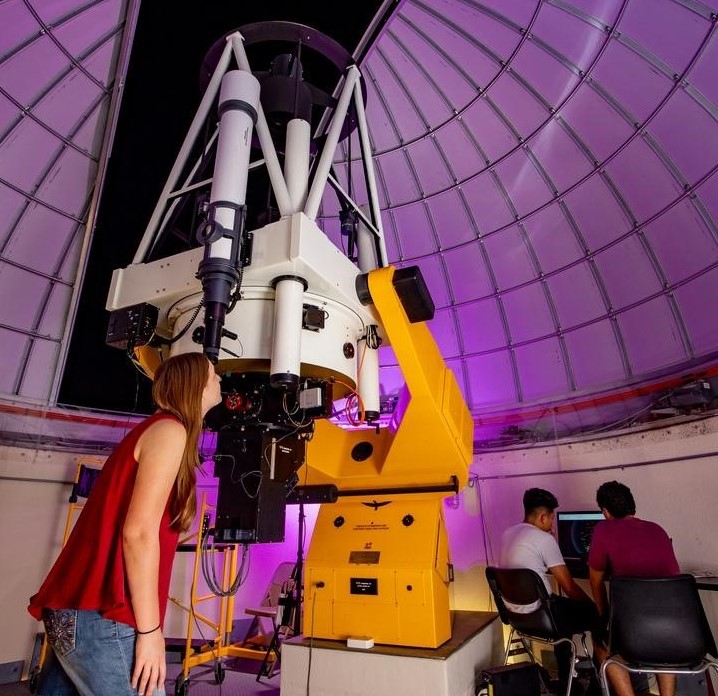Document Type
Article
Publication Title
Journal of Geophysical Research: Space Physics
Abstract
Monte Carlo simulations are used to determine source properties of terrestrial gamma ray flashes (TGFs) as a function of atmospheric column depth and beaming geometry. The total mass per unit area traversed by all the runaway electrons (i.e., the total grammage) during a TGF, Ξ, is introduced, defined to be the total distance traveled by all the runaway electrons along the electric field lines multiplied by the local air mass density along their paths. It is shown that key properties of TGFs may be directly calculated from Ξ and its time derivative, including the gamma ray emission rate, the current moment, and the optical power of the TGF. For the calculations presented in this paper, a standard TGF gamma ray fluence, F0 = 0.1 cm−2 above 100 keV for a spacecraft altitude of 500 km, and a standard total grammage, Ξ0 = 1018 g/cm2, are introduced, and results are presented in terms of these values. In particular, the current moments caused by the runaway electrons and their accompanying ionization are found for a standard TGF fluence, as a function of source altitude and beaming geometry, allowing a direct comparison between the gamma rays measured in low-Earth orbit and the VLF-LF radio frequency emissions recorded on the ground. Such comparisons should help test and constrain TGF models and help identify the roles of lightning leaders and streamers in the production of TGFs.
DOI
10.1002/2017JA024141
Publication Date
2017
Recommended Citation
Dwyer, Joseph R.; Liu, Ningyu; Grove, J. Eric; Rassoul, Hamid K.; and Smith, David M., "Characterizing The Source Properties Of Terrestrial Gamma Ray Flashes" (2017). Aerospace, Physics, and Space Science Faculty Publications. 487.
https://repository.fit.edu/apss_faculty/487


